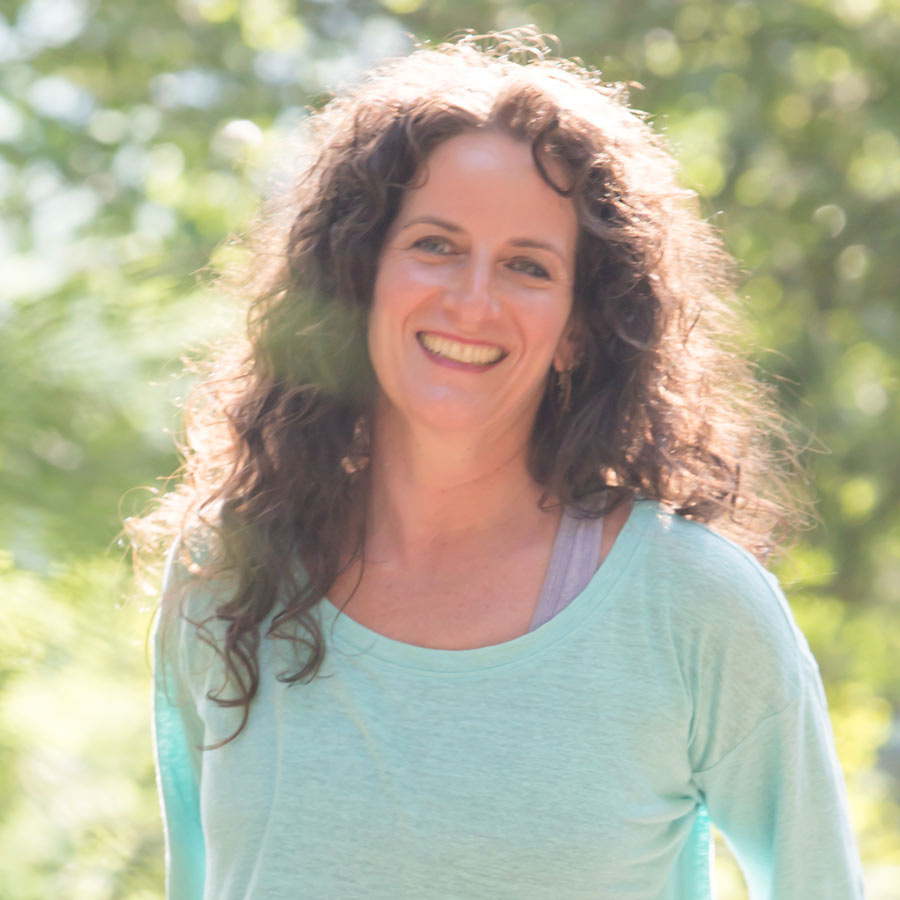by Alisa Wright Tanny, MA, e-RYT, R-DMT
Lesley University
Embodying cellular presence activates regenerative pathways for universal body-mind health integration. Primary developmental rhythms of expanding and condensing alternates from inner to outer and from periphery to core. Synthesizing the foundations of Bartenieff Fundamentals with Body-Mind Centering®, we will explore a psychotherapeutic approach to deepening inner connectivity with outer expressivity through embodied dance. Engaging a complete psychophysical involvement, participants will gain new knowledge and body-based mindfulness techniques in the counseling process, explore a new dance therapy template for supporting emotional expression, anxiety and anger management, and experience a vehicle for co-creating with other providers to formulate accessible community based wellness initiatives.
“Embodied Cellular Presence” is an experiential dance movement therapy presentation exploring the support and activation of cellular presence as the foundation of creating regenerative pathways of awareness and expression for universal body-mind balanced health integration. Primary developmental movement patterns are expressed as inner and outer rhythms, simultaneously condensing, expanding and yield, that arise from core to periphery and from periphery back to core. Stated by Bonnie Bainbridge Cohen, “Cellular breathing is the second pre-vertebrate pattern of the Basic Neurological Patterns (BNP). It is the first organic pattern of living cells – the exchange of gasses through the ebb and flow of fluids passing through membranes.” (Bonnie Bainbridge Cohen, 2008, pg 161) At the most primary level of experience, this flow is the foundation of embodied self awareness; sensing, and feeling our breathing patterns and rhythms from within. Experiencing embodied awareness and inquiring into our subjective experience from within is at the cornerstone of the embodiment experience. Through the exploration of stillness and yielding, awareness is activated and this foundational breathing rhythm can serve as a vehicle of both inner/outer and core/distal expression. Simultaneous condensing, expanding, and yield are the three somatic flow phases of cellular breathing. They reflect, “… a deep internal cyclical rhythm of condensing and expanding that occurs in every cell and in the fluids of the body.” (Guay, Tanny, 2007, pg. 51) Exhalation, condensing, and inward movement towards flexion, activates our parasympathetic nervous system and draws the movement of the limbs inward towards the body’s center at the navel. On a cellular level, this movement inward occurs in the fluids moving away from the outer membrane towards the nucleus and into the center of each individual cell. Following condensing, expanding occurs with inhalation towards extension in movement, and activates the sympathetic nervous system drawing the limbs away from the body’s navel center and expressing movement outwards. Embodying and exploring both the condensing and expanding rhythms can provide new connections and reveal relationships yet unknown to our body-mind history and kinesthetic patterning. Yield is the third aspect of this primary developmental breathing rhythm. It occurs as a neutral balanced still point in relationship with gravity and weight, where neither one polarity of expression is active. Techniques for embodying this cellular presence and awareness of expanding, condensing, yield in breathing rhythms allows for a new body balance of both physical and emotional expressivity through movement and spatial polarities. The effect of activating body-based mindfulness of “Embodied Cellular Presence” is what I refer to as embodied awareness. This, in turn, creates a state of embodied consciousness. It can generate tangible therapeutic skills for both mental health care clinicians and movement therapists, and create a new template of dance therapy leading to formulating community wellness initiatives.
Synthesizing the Body-Mind Centering® approach to “Embodied Cellular Presence” with the primary goal of Bartenieff Fundamentals, “to facilitate a lively interplay of Inner Connectivity with Outer Expressivity to enrich life.” (Hackney, 1998, pg. 34) This engaging dance movement therapy presentation will explore a psychotherapeutic approach to deepening personal embodiment with our inner connectivity of core, and the interplay with our outer expressivity through dance, movement, yoga and sounding. As one of the leading pioneers of the embodiment process, Bonnie Bainbridge Cohen, Founder of The School for Body-Mind Centering®, shares her personal explorations and experiential discoveries, “By cellular breathing, I mean simply breathing in and out, opening my awareness to the expanding and condensing occurring within me and within the other person. Cellular breathing is a state of being that once experienced and known does not require continual conscious tracking but creates an unconscious feeling base from which autonomic homeostasis can evolve” (Bonnie Bainbridge Cohen, 2008, pg 162).
During this presentation we will heighten embodied awareness of the primary breathing rhythms for the purpose of creating more choice in movement and spatial pathways. We will discover and deepen both inner/outer and core/distal relationships and discover our expressive possibilities from a new embodied awareness and empowerment of choices, rather than from unconscious habitual reactivity. “Cells are the microcosm of our individual self. Each cell is an aspect of our self, of our unconscious and conscious behavior, and manifests as both our body and our mind.” (Bonnie Bainbridge Cohen, 2008, pg 159) Just as the flower has a center and blossoms from core to distal with petals unfolding from it’s center, so can we as humans, open from the depth of Embodied Cellular Presence – we can become embodied presence just like a flower in full bloom. “The interplay between our unconsciousness and conscious mind is fluid and flows in both directions all the time. The conscious and unconscious are a continuum of one mind. They are each the shadow or support of the movement and expression of the other. It is in the shifting and alternating between the listening and expressing roles within the continuum that we know ourselves and feel strong and free in mind/emotion/spirit.” (Bonnie Bainbridge Cohen, 2008, pg 13)
Core to distal and distal to core movement is the primary movement pattern underlying this embodied dance movement therapy template. In Body-Mind Centering®, we refer to this pre-spinal developmental stage as Navel Radiation, “a pattern that develops in early embryological development, when the fetus is connected to its mother via the umbilical cord. The cord orients the embryo spatially to its own center. Its limbs also connect, and move in relationship to each other through the navel center. All six limbs are differentiated and then integrated with each other to establish a base line for the specific patterns that develop later on.” (Guay, Tanny, 2007, pg. 52) Both Cohen and Bartenieff refer to our human development and embodiment through the sequencing of human developmental patterning: Navel Radiation/Core to Distal, Spinal/Head to Tail, Homologous/Upper-Lower Connectivity, Homolateral/ Body-Half Connectivity, Contralateral/ Cross-Lateral Connectivity. “Together, cellular consciousness and nervous system consciousness constitute a continuum, with the brain informing the cells and the cells informing the brain, each being peripheral to the centrality of the other.”(Bonnie Bainbridge Cohen, 2008, pg 161) From this organic cellular awareness, new ways of knowing and experiencing our patterns give rise to undiscovered pathways of expression. Exploring expression from this state of embodied awareness, rather then from our habitual experiences is what Imgard Bartineff refers to as the “Lively Interplay.” (Hackley, 2002 pg 34) This interplay of core to distal, and distal to core patterning can be seen in nature as shapes, patterns, cycles and movement evident in flowers, leaves and ocean creatures. Irmgard encouraged, “Come back to the life of movement! Fill it with yourself. To fill it with yourself you have to come back to the inside, to feel yourself. Otherwise, it is simply an imitation.” (Hackley, 2002, pg 33) Initiating movement from core to distal and distal to core are the fundamental principals of both Body-Mind Centering® and Bartineff Fundamentals and serve as an approach from which inner connectivity and self knowing can move to outward expressions of ourselves in relationship to space, the environment and others. This is an ongoing cyclically woven dialogue of inner-outer body knowing. “Inner Connectivity and Outer Expressivity are in a co-creative relationship to each other, and that relationship is always changing.” (Hackley, 2002, pg 36) It is from this “creative rhythm”, (Hackley, 2002, pg 36) Irmgard explained that we may choose or know our own expression in a new way, with new pathways and possibilities for creating balance. “Body Movement is not a symbol for expression, it is the expression.” (Hackley, 2002, pg 34)
In summary, the presentation of “Embodied Cellular Presence” will provide participants with embodied knowledge through experiential embodied anatomy and subjective experiences of fundamental movement explorations. Small group discussions will highlight, Bartienff’s philosophy of encouraging, “A willingness to value and actively participate in changing patterns of relationships or patterns of changing relationships.” (Hackley, 2002, pg 37) With the application of expressive arts, participants will be encouraged to integrate this material by applying cellular breathing and embodied presence into their personal reflections and share feedback of this new dance movement therapy model. It is my hope that Complementary Health Care providers will also explore how to co-create with others, specifically in community based wellness initiatives, using this body-mind dance movement therapy approach to support sustainable and universal body balanced health integration.
Sources
Bainbridge Cohen, B. (2008). Sensing, Feeling and Action: The Experiential Anatomy of Body-Mind Centering®. (2nd Ed.) Contact Editions, Northampton, MA.
Guay, M. & Wright Tanny, A. (2007). YogaPlay: A Body-Mind Centering® Approach. Paradise Copies, Northampton, MA
Hackney, P. (2002) Making Connections: Total Body Integration Through Bartenieff Fundamentals. Routledge, New York, NY.


